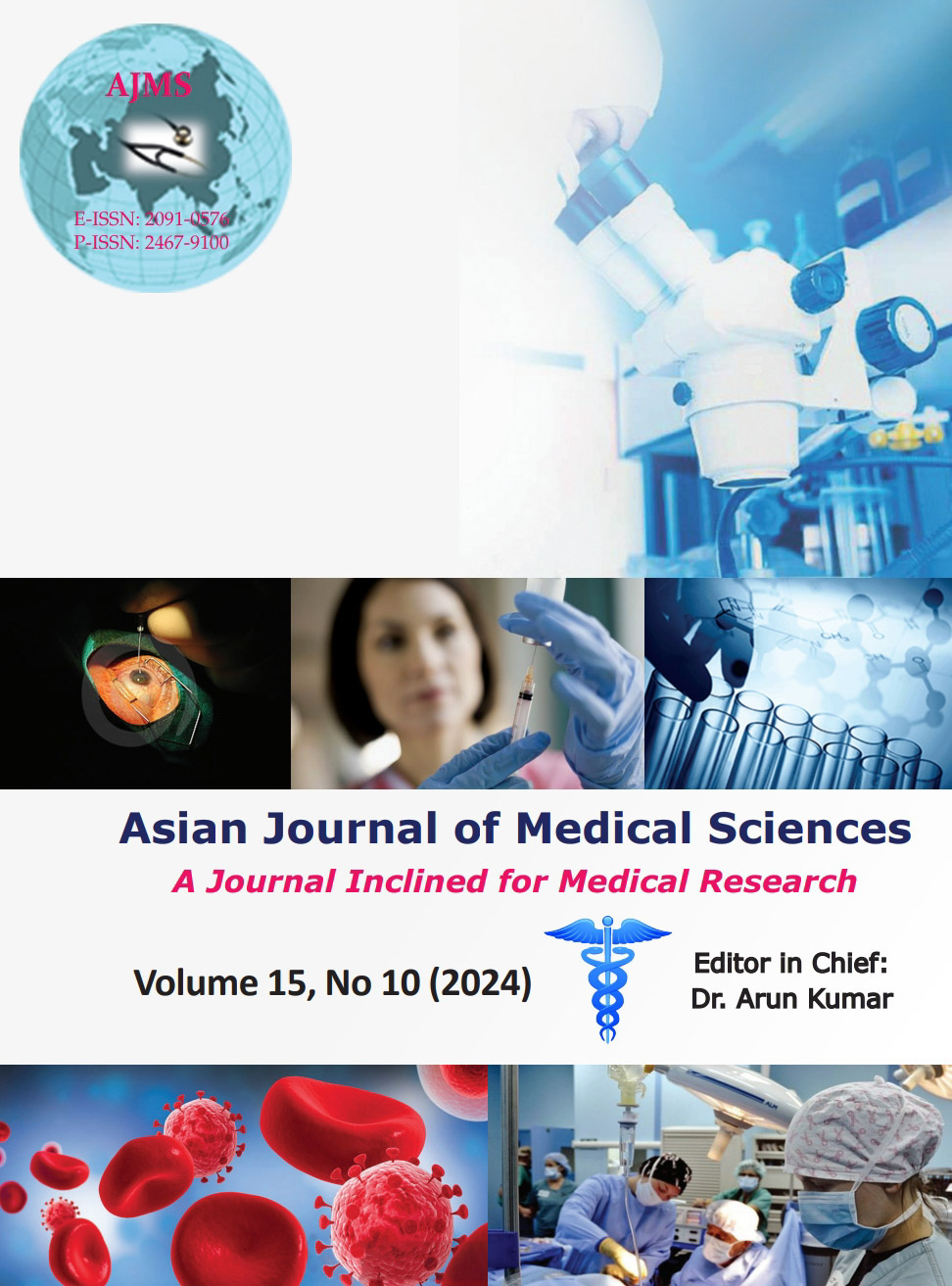Accidental ingestion of scarf/hijab pins in Muslim females of Kashmir Valley
Keywords:
Pin; Foreign body; Ingestion; HijabAbstract
Background: Hijab pin ingestion is common in the Kashmiri population, especially among young females. This is attributed to the tradition of wearing hijab in adolescent girls and young women.
Aims and Objectives: The present study was conducted to identify the incidence of hijab pin ingestion in the Muslim females of Kashmir Valley.
Materials and Methods: This study was conducted in the Department of General Surgery SKIMS Medical College, Bemina, Srinagar, from February 2022 to December 2023. It was a prospective study comprising 60 female patients above the age of 12 years having a history of accidental ingestion of hijab pins. History and clinical examination were followed by chest and abdominal radiographs. Data were collected and inferences were drawn.
Results: The study included 60 patients presenting to the emergency with a history of accidental ingestion of pin. The majority of patients, that is, 30 (50%) were 25–35 years of age. Most patients 40 (67%) were asymptomatic at presentation with 20 (33.33%) patients presenting to the hospital within
2–3 h of ingestion. Foreign body (FB) had reached the small intestine in 22 (36.67%) patients at the time of presentation. Moreover, 1 (1.67%) patient had extraluminal migration of the FB. In our study, 46 patients had a normal passage of FB through the gastrointestinal tract. Most of the patients, that is, 46 (76.67%) were managed conservatively. Only 2 (6.67%) patients needed surgical intervention.
Conclusion: FB ingestion is common among the young females of Kashmir Valley. Adequate follow-up is necessary to prevent long-term complications.
Downloads
Downloads
Published
How to Cite
Issue
Section
License
Copyright (c) 2024 Asian Journal of Medical Sciences

This work is licensed under a Creative Commons Attribution-NonCommercial 4.0 International License.
Authors who publish with this journal agree to the following terms:
- The journal holds copyright and publishes the work under a Creative Commons CC-BY-NC license that permits use, distribution and reprduction in any medium, provided the original work is properly cited and is not used for commercial purposes. The journal should be recognised as the original publisher of this work.
- Authors are able to enter into separate, additional contractual arrangements for the non-exclusive distribution of the journal's published version of the work (e.g., post it to an institutional repository or publish it in a book), with an acknowledgement of its initial publication in this journal.
- Authors are permitted and encouraged to post their work online (e.g., in institutional repositories or on their website) prior to and during the submission process, as it can lead to productive exchanges, as well as earlier and greater citation of published work (See The Effect of Open Access).




